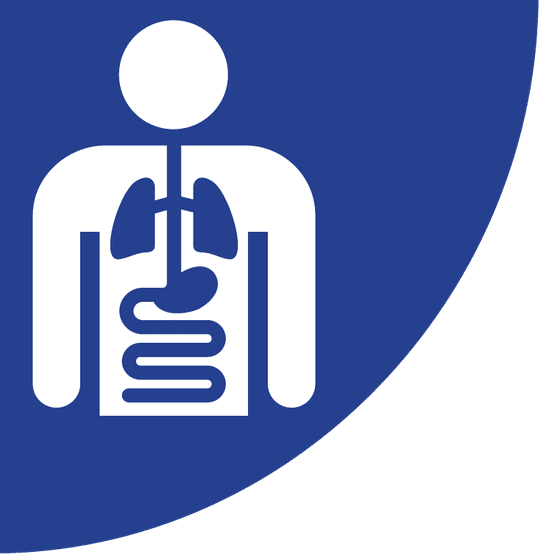NIOSH Finds Electronics Recycling Employees Exposed to Metals, Flame Retardants
NIOSH has released a Health Hazard Evaluation (HHE) report detailing the findings of an investigation at an electronics recycling company (
PDF
). After a request from managers concerned about the possibility of employee exposure to metals and flame retardants, staff from the NIOSH HHE Program visited the facility in March 2017 and returned in August to collect samples to test for the chemicals of concern.
The company employed 38 full-time workers, 25 of whom participated in the evaluation. NIOSH personnel observed employees’ work environment and habits; collected surface, handwipe, blood, and personal air samples for both metals and flame retardants; and collected urine samples for flame retardants only.
The investigation found that two employees were overexposed to silver, with levels over the OSHA Permissible Exposure Limit and the NIOSH Recommended Exposure Limit of 10 µg/m3. Some employees had blood lead levels (BLLs) above the level of detection, up to 10 micrograms per deciliter, and employee personal air samples included detectable concentrations of cadmium and lead below occupational exposure limits. Detectable levels of the metals were also found on various surfaces, with the highest levels of cadmium, lithium, and silver being found on a breakroom refrigerator handle. There are no safe levels of exposure to lead, and high exposure to silver can cause argyria, a condition in which the skin turns purple or purple-gray.
The HHE Program found flame retardants in employees’ personal air samples, blood, and urine. Pre-shift and post-shift handwipe samples on two separate days revealed that employees generally had higher levels of the chemicals on their hands after their shifts than before. Because many of the flame retardants noted in this evaluation lack OELs, NIOSH investigators could not say with certainty whether the employees were exposed to levels dangerous to their health. However, scientists and health professionals are becoming increasingly concerned about the potential effects of flame retardants on the body, which may include reduced fertility; thyroid problems; low birth weights and decreased IQ in babies born to affected parents; and cancer. It is not yet certain at what levels of exposure these effects occur.
Finally, the evaluation noted several unsafe work practices. Investigators observed employees wearing N95 respirators incorrectly, using personal music players with headphones instead of hearing protection, and dry sweeping instead of using wet cleaning methods. The evaluation encouraged managers to prohibit the risk-inducing behavior, as well as instruct employees in the correct wearing of respirators, provide employees with their BLLs after each blood draw, provide employees a lead-removing product with which to wash their hands, ensure that employees leave their work-issued clothing and shoes on site, and require employees to wear PPE.
NIOSH’s Health Hazard Evaluation Program
publishes reports on agency investigations of workplaces that requested assistance to determine whether workers are exposed to hazardous materials or harmful conditions on the job.
NEWSWATCH
CHEMICAL AND MATERIAL HAZARDS


